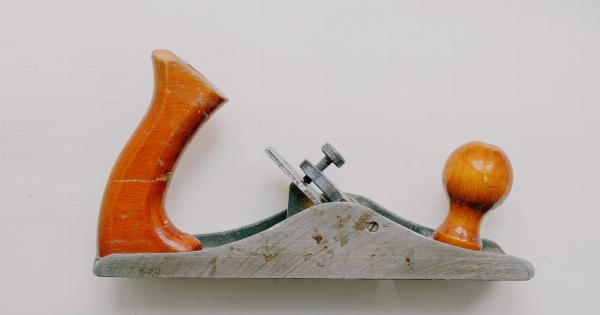Anemia is a condition that occurs when the body lacks enough red blood cells or hemoglobin.
Red blood cells carry oxygen to the body’s tissues, and hemoglobin is the protein in red blood cells that carries oxygen from the lungs to the rest of the body. When there are not enough red blood cells in the body, it is not able to transport enough oxygen, which can cause a range of symptoms. Anemia is a common condition, particularly in women, and can be caused by a variety of factors.
Causes of Anemia in Women
Anemia can be caused by a number of factors, including:.
Iron Deficiency
The most common cause of anemia in women is iron deficiency. Iron is essential to the production of hemoglobin, so a lack of iron can lead to a decrease in red blood cells.
Iron deficiency anemia can be caused by a number of factors, including a diet low in iron, poor absorption of iron in the gut, blood loss due to heavy menstruation or internal bleeding, and pregnancy. Women who have heavy menstrual periods are at particular risk of developing iron deficiency anemia.
Vitamin Deficiencies
Deficiencies in vitamins such as vitamin B12, folate, and vitamin C can also cause anemia. Vitamin B12 is necessary for the production of red blood cells, while folate helps the body make DNA and new cells.
Vitamin C helps the body absorb iron, which is needed for the production of hemoglobin. A lack of these vitamins can lead to a decrease in red blood cell production and cause anemia. Vegetarians and vegans may be at increased risk of developing anemia due to vitamin B12 deficiency.
Chronic Diseases
Chronic diseases such as chronic kidney disease, cancer, and HIV/AIDS can also cause anemia. These conditions can interfere with the body’s ability to produce red blood cells or hemoglobin, leading to anemia.
Symptoms of Anemia in Women
The symptoms of anemia can vary depending on the severity of the condition, but common symptoms include:.
Fatigue
One of the most common symptoms of anemia is fatigue. When the body does not have enough red blood cells to transport oxygen to the tissues, it can result in feelings of tiredness and weakness.
Shortness of Breath
Shortness of breath is another common symptom of anemia. When there are not enough red blood cells to transport oxygen to the lungs, it can cause difficulty breathing.
Pale Skin
Anemia can cause the skin to become pale due to a lack of oxygen. This can be particularly noticeable in the face, gums, and nail beds.
Heart Palpitations
When the body is not getting enough oxygen, it can cause the heart to beat faster to try to compensate. This can lead to heart palpitations, or a sensation of the heart racing or skipping a beat.
Treatment for Anemia in Women
The treatment for anemia will depend on the underlying cause of the condition. For example, if the anemia is caused by iron deficiency, the treatment may involve increasing the amount of iron in the diet or taking iron supplements.
If the anemia is caused by a vitamin deficiency, supplements may be prescribed to help correct the deficiency.
If the anemia is severe, a blood transfusion may be necessary. In some cases, medications may be prescribed to stimulate the production of red blood cells or to help the body absorb more iron.
If the anemia is caused by an underlying medical condition, such as kidney disease, treating the underlying condition may help resolve the anemia.
Preventing Anemia in Women
There are a number of steps women can take to help prevent anemia. These include:.
Eating a Balanced Diet
A diet that includes plenty of iron-rich foods, such as lean meat, eggs, and spinach, can help prevent iron deficiency anemia.
Women who do not eat meat or animal products may need to be particularly careful to ensure they are getting enough iron and other nutrients.
Treating Heavy Menstrual Bleeding
Women who have heavy menstrual periods may need to take steps to reduce the amount of blood loss. This can include using hormonal birth control, taking iron supplements, or having a procedure to remove the lining of the uterus.
Treating Underlying Medical Conditions
Women who have underlying medical conditions, such as kidney disease or cancer, should work with their healthcare provider to manage their condition and prevent anemia.
Conclusion
Anemia is a common condition that can have a range of causes and symptoms. Women are particularly at risk of developing anemia due to factors such as heavy menstrual periods and pregnancy.
Fortunately, there are steps women can take to prevent anemia and to treat the condition if it does occur.





























